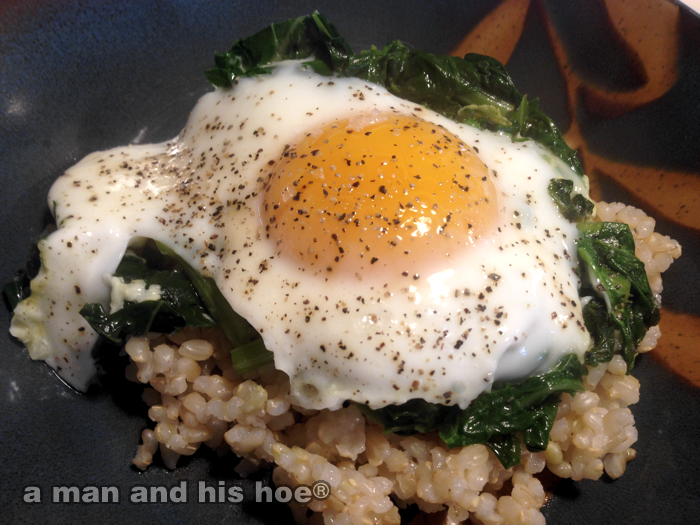Your cart is currently empty!
Month: May 2014
-
Out for a Walk

Most people think of chickens as stupid, simple creatures. Yet, when you watch a mother hen with her chicks, she is constantly interacting with them. She carries on a conversation with them from morning until night. As she leads them from place to place in search of food, she is also watching for any danger. She is watching and listening to the other chickens, as well as looking up and around for anything that might harm her young.This is what it looks like when a hen takes her two and three day old chicks out for a walk. Of the billions of chickens raised in the US each year, only an infinitesimal few are lucky enough to have a mother to take them out for walk.
-
What’s Growing Today – May 19, 2014
What’s growing today? Figs, squash, shallots, mustard greens, and of course chicks.


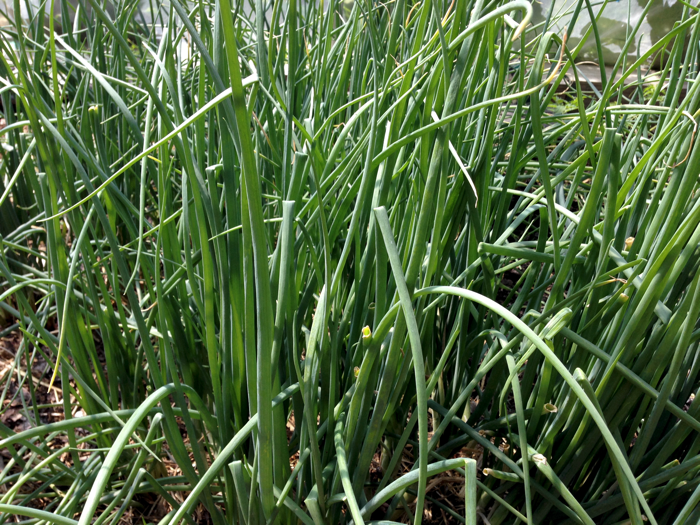
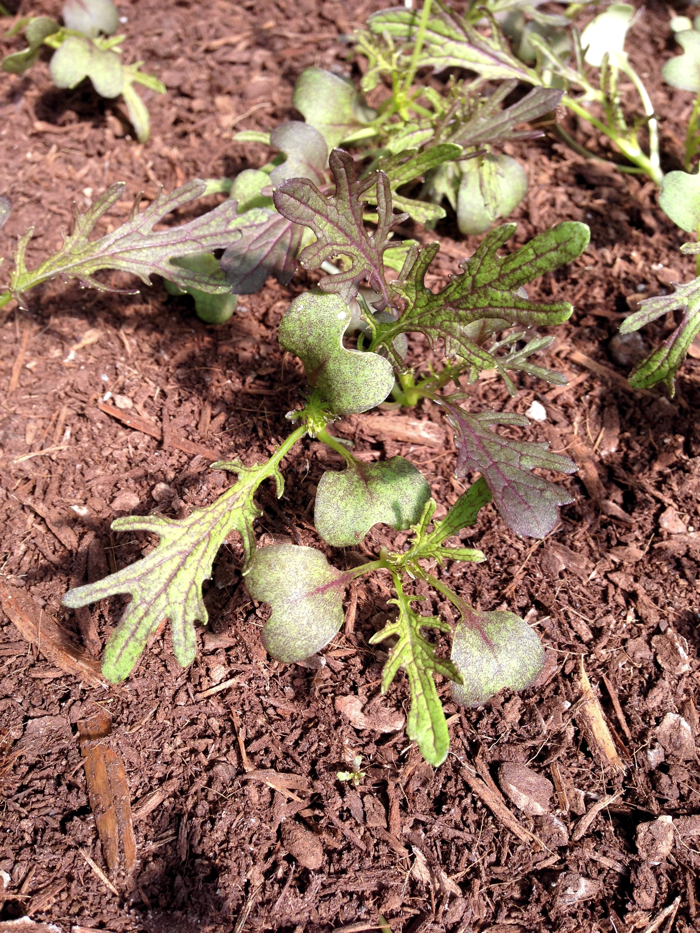
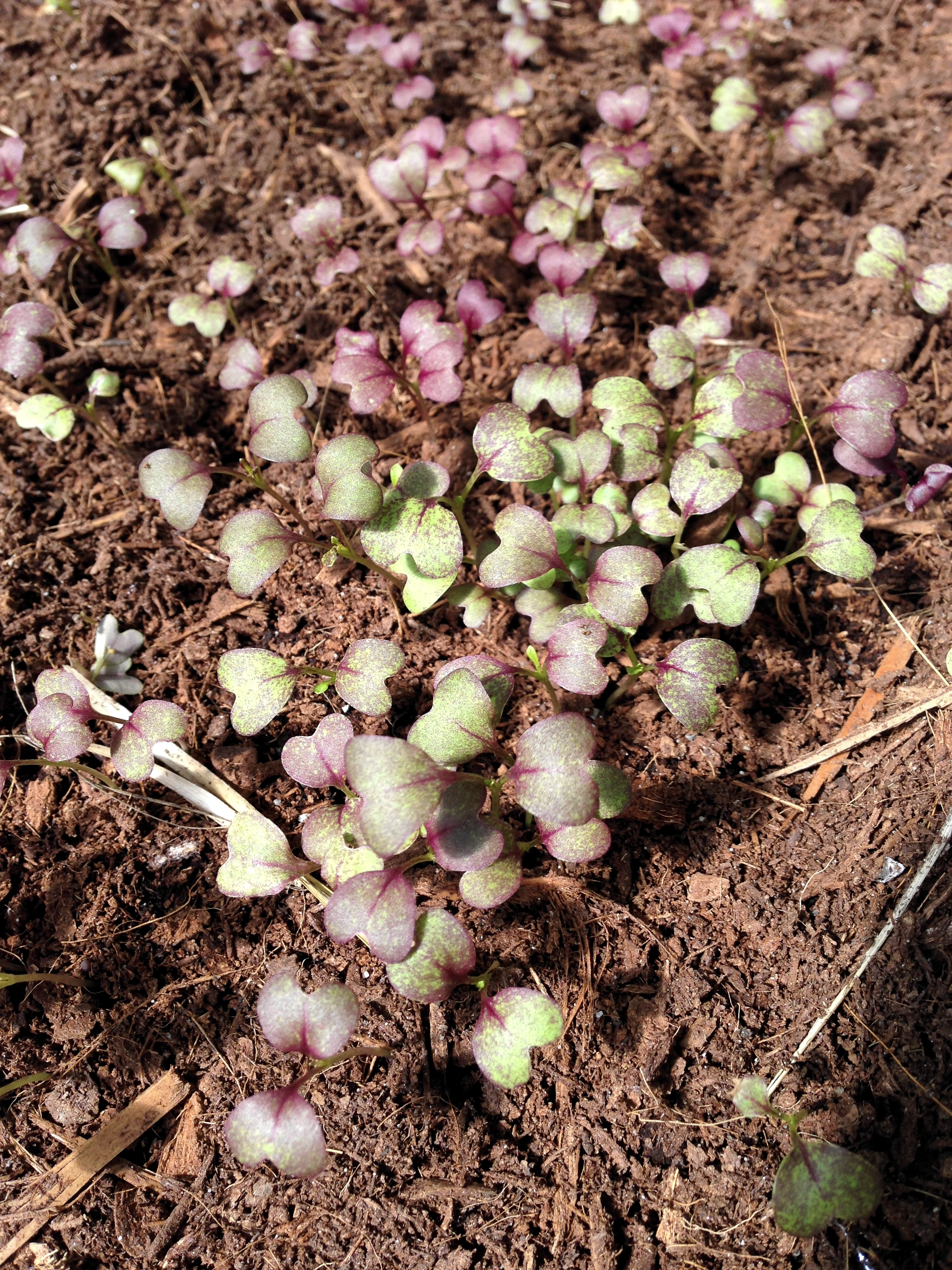
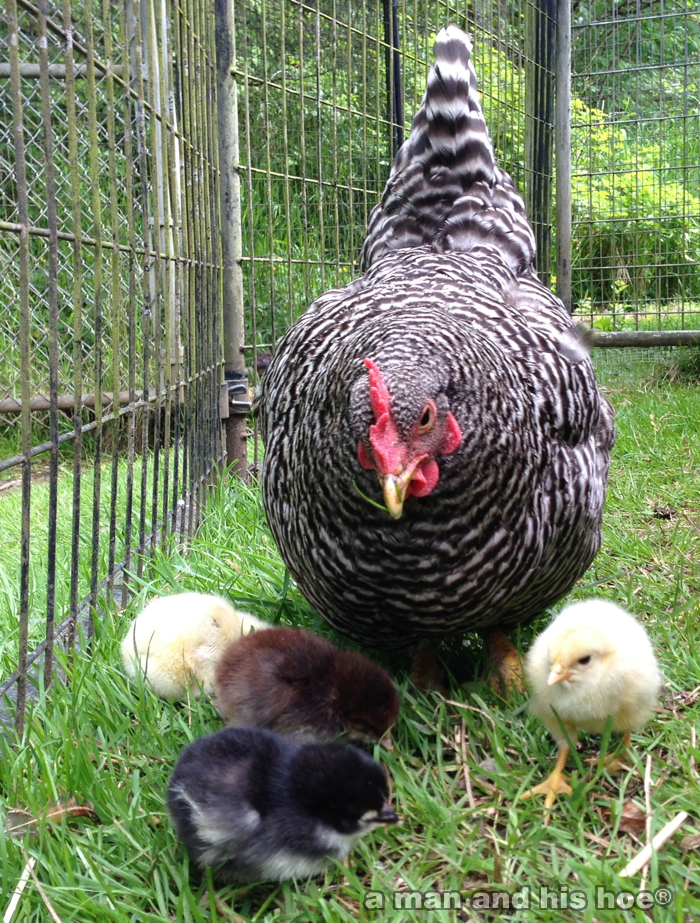
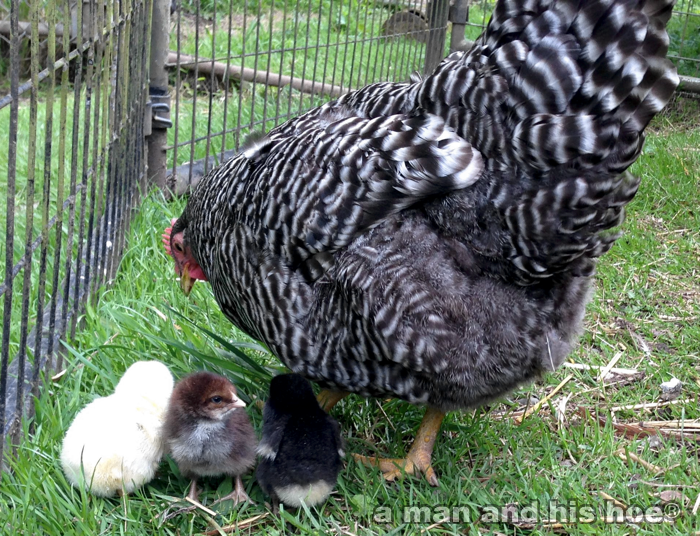
These chicks are just two and three days old and out on grass. This is only possible by having a mother. Farmers and individuals raising baby chicks without mothers have them under heat lamps and indoors to protect them. If they do put them out on pasture, they won’t do it until the chicks are two or three weeks old. By then, much of their childhood will be behind them and they will have missed out on a lot of outdoors fun. -
Born Today
These are what one day old chicks look like. They started hatching yesterday and finished today. Their mother has them out of the nest to feed and drink.

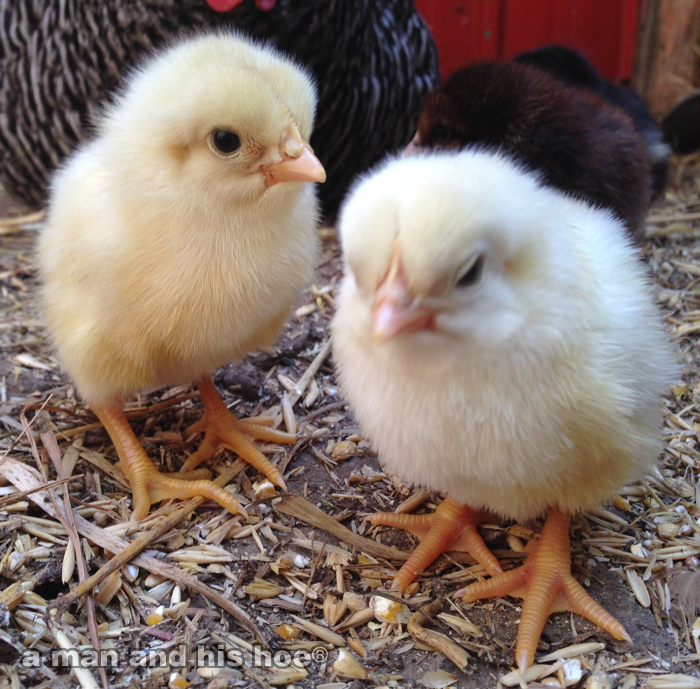
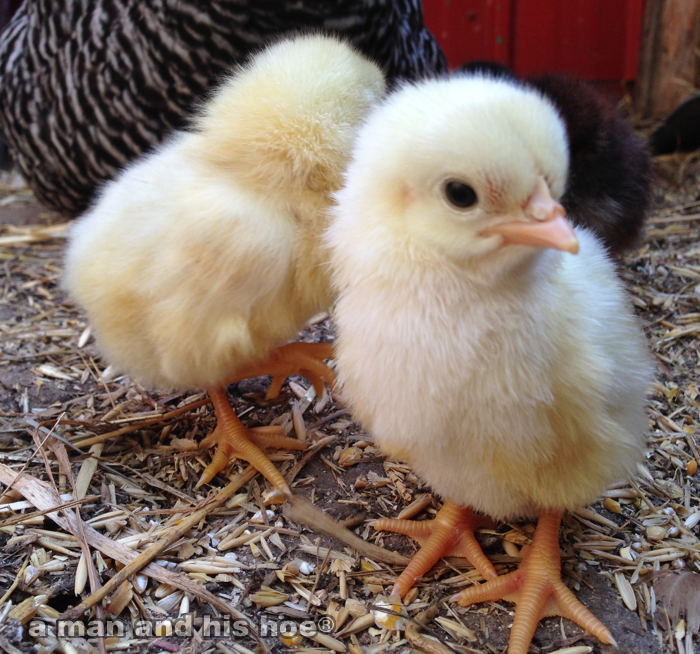
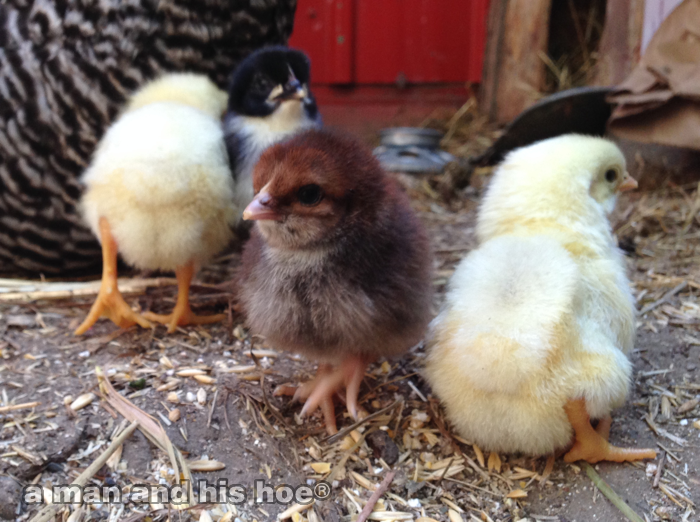
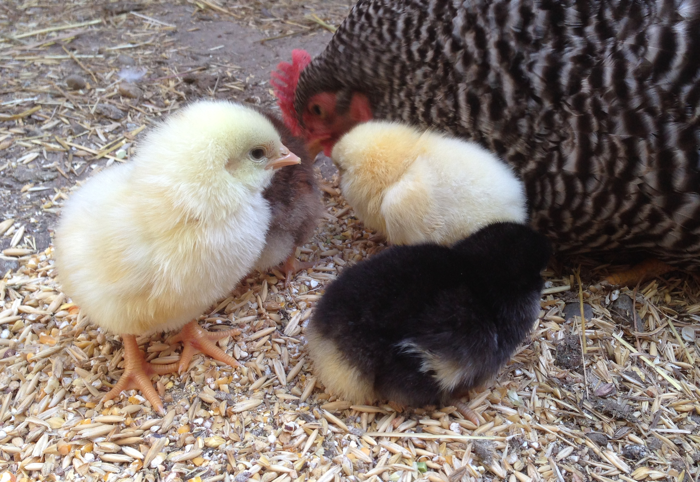
-
What Mothers Do
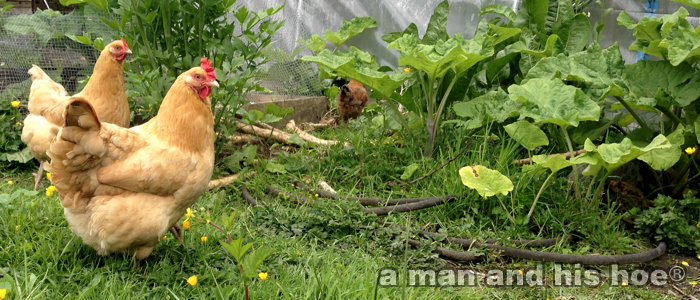
Mother hens are usually very diligent mothers. If they feel their chicks are threatened, the puff up into big balls of feathers. With outstretched wings and spread tail feathers, they puff up to twice their normal size, shielding their chicks and letting other chickens know that they mean business.
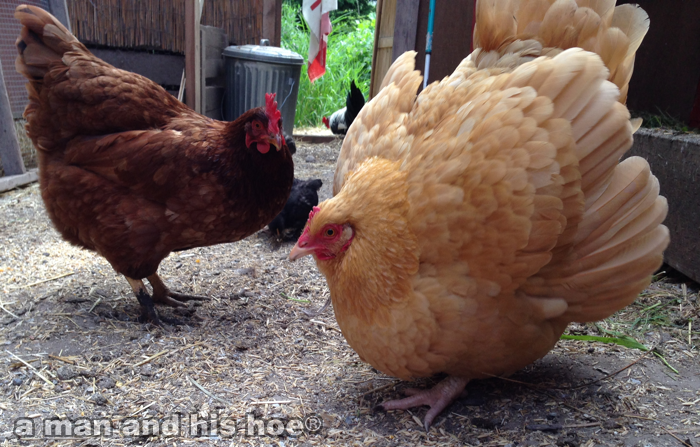
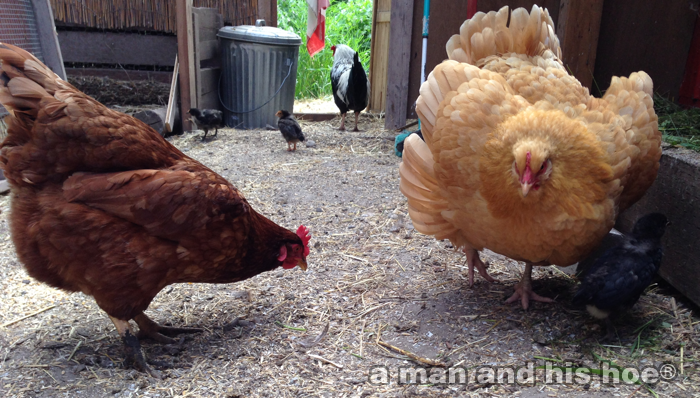
-
On the Board Today – May 18, 2014
On the board today – a simple lunch starting with freshly picked spring chrysanthemums (春菊-shyungiku) and kale, sautéed in home made butter made from raw cream.
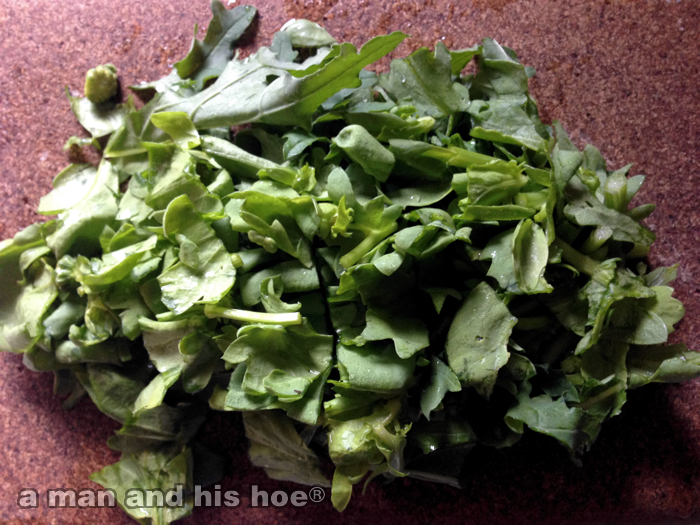

Followed by two eggs gathered within the past half hour, cracked into a bowl, laid on the sautéing greens, covered and allowed to gently firm to a soft egg.
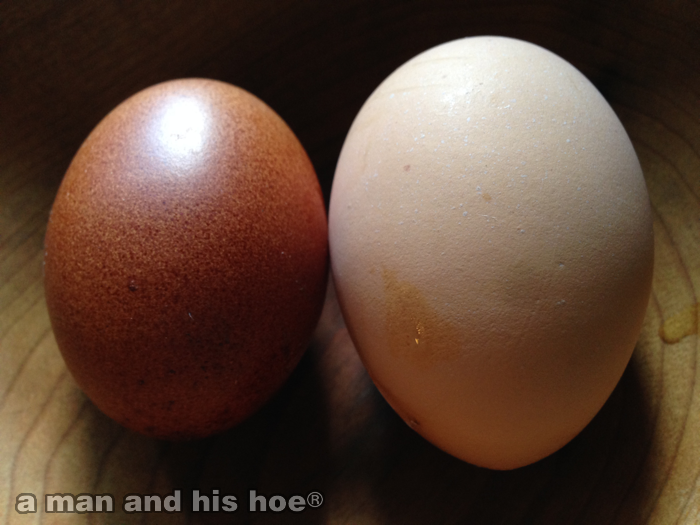
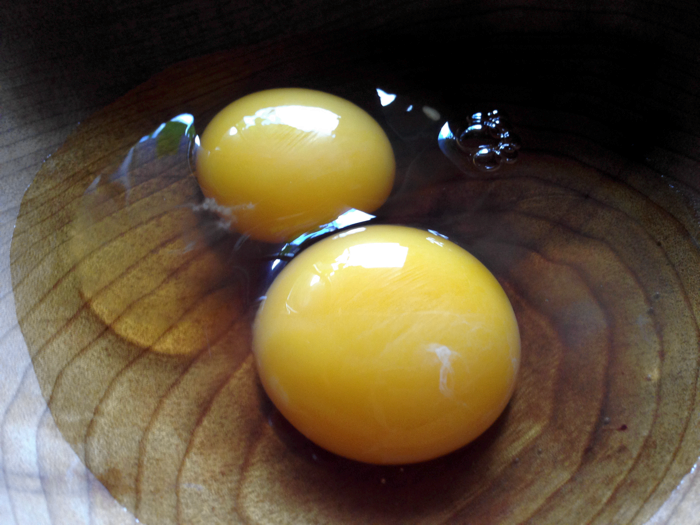
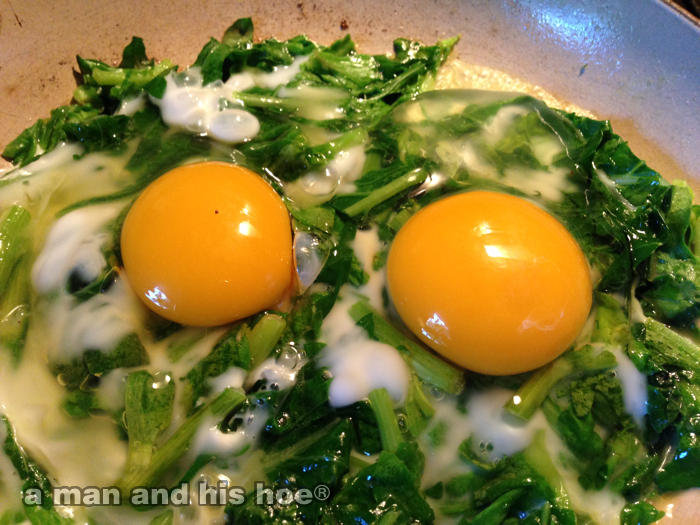
Flavored with a bit of sea salt from San Juan Island Sea Salt, and served on a bed of brown rice.

